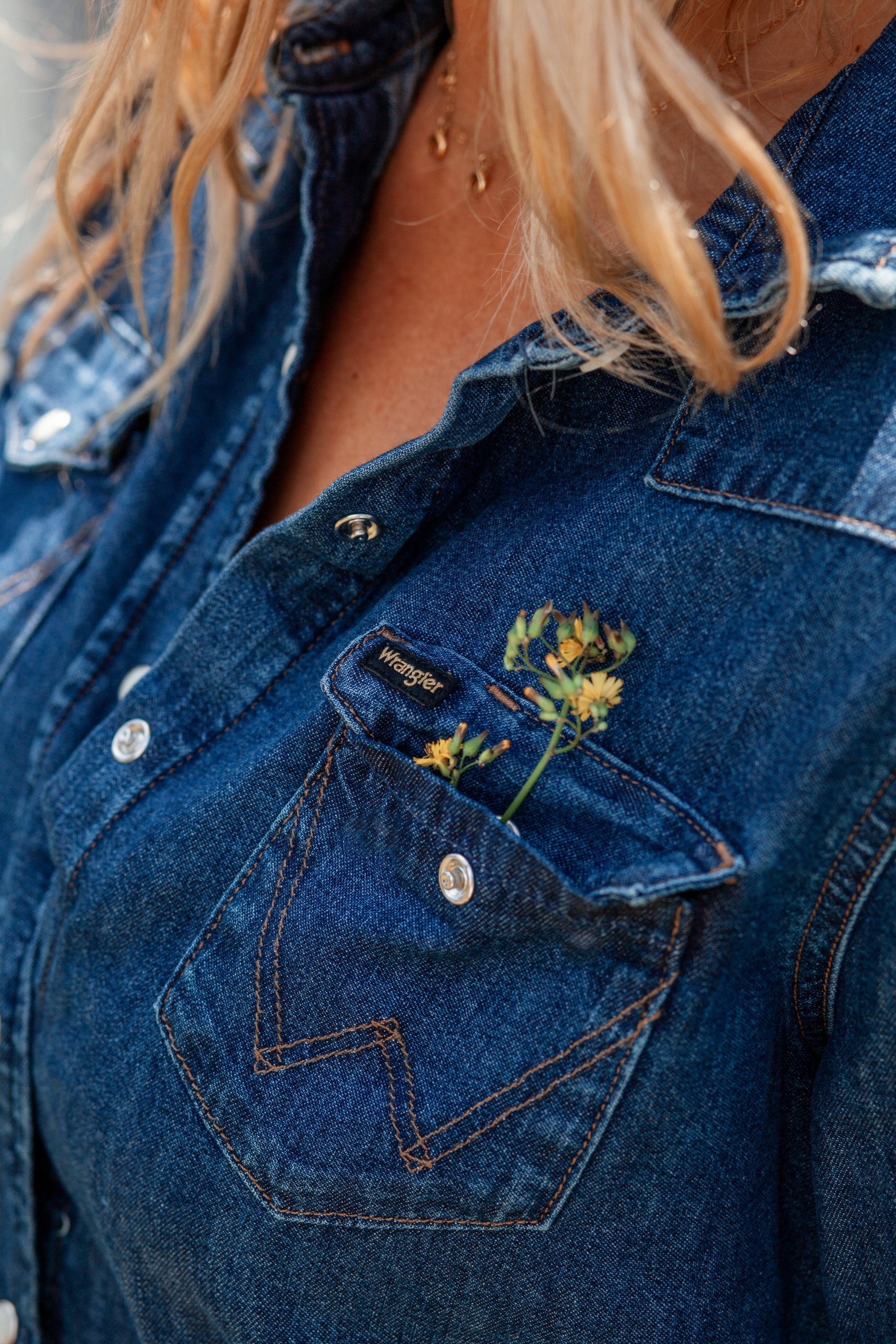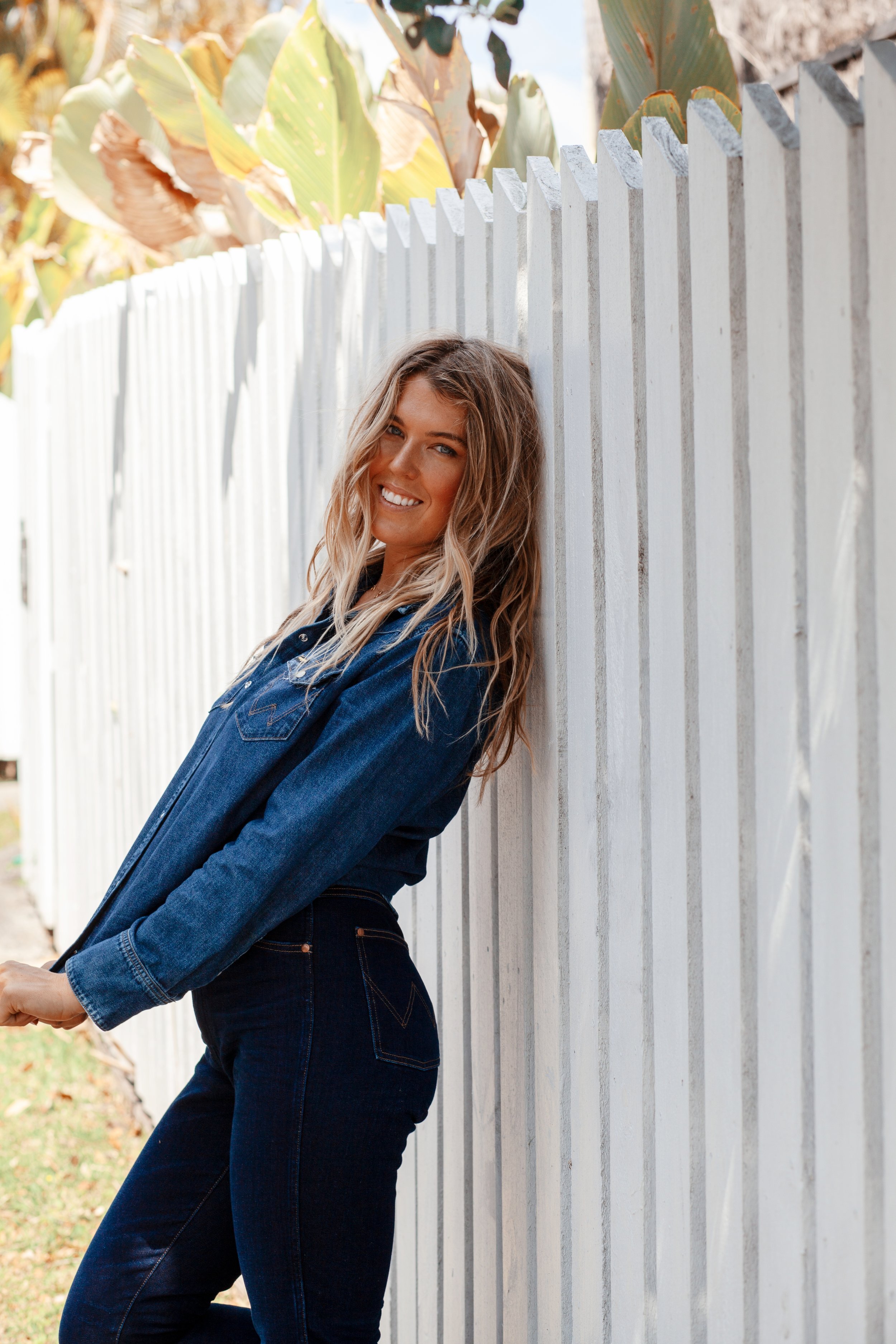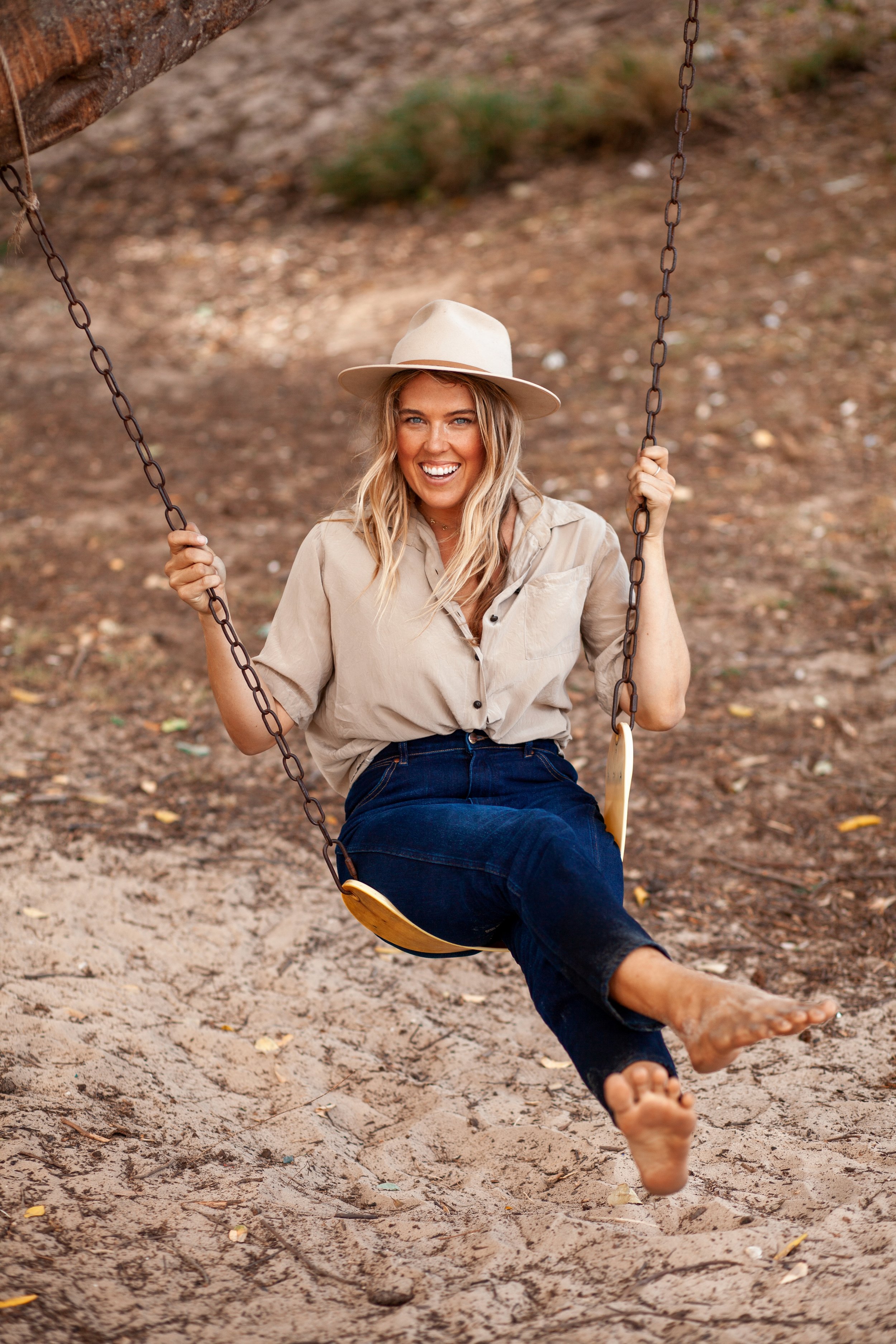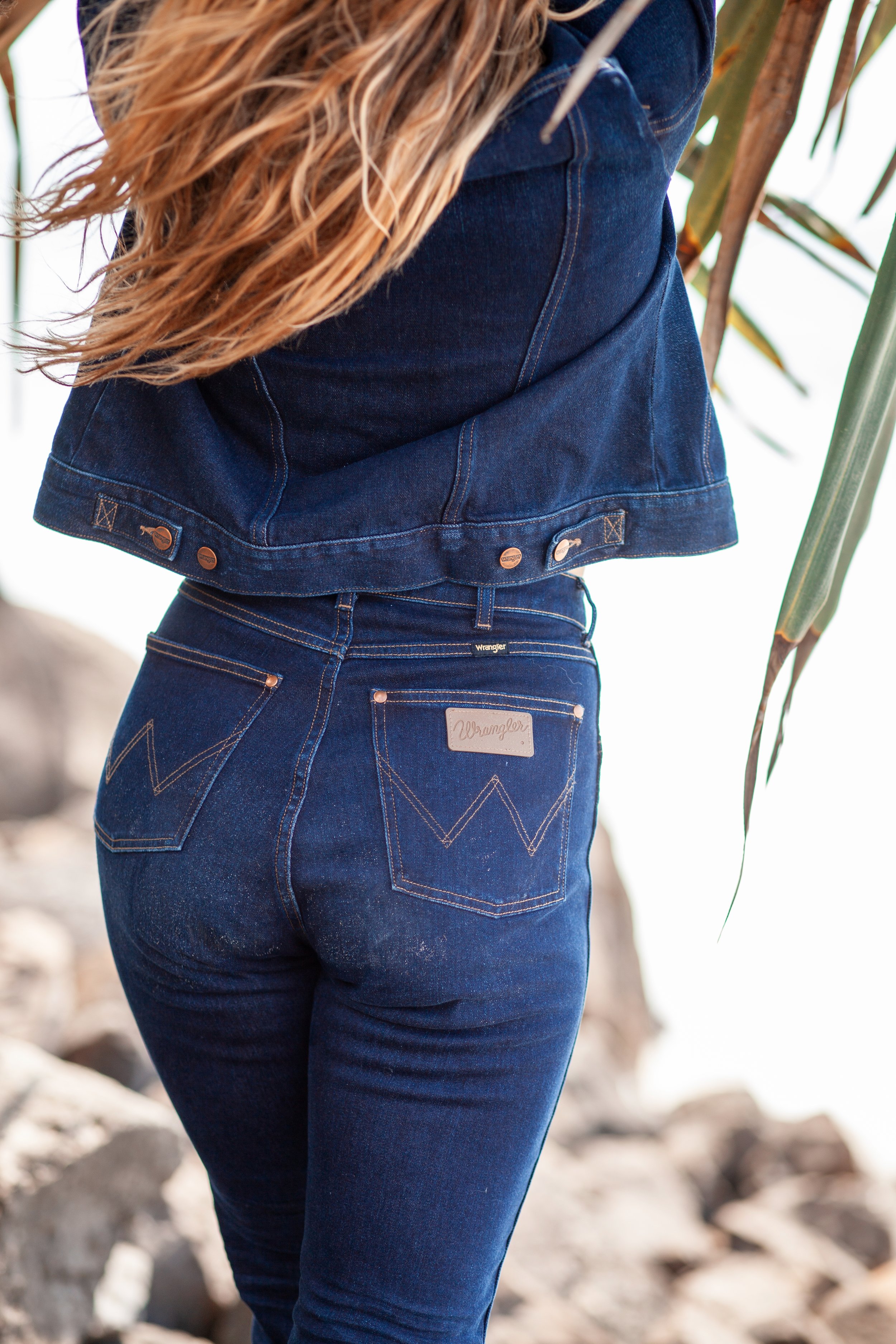Water-Free Dye for the Notoriously Polluting Blue Jean Industry
Fashion is one of the biggest polluters.
It's time we rebel against fast fashion.
Support local makers, designers, growers, creators.
The big brands have the resources to make systemic change. So it’s important to PUSH big brands to take meaningful action by demanding transparency up the supply chain.
It is estimated that 70% of Asia's rivers and lakes are contaminated by the 2.5 billion gallons of wastewater produced by that continent's textile industry.
Since voting with our dollar is so effective, it's best to simply keep our money out of that toxic industry.
Almost a decade ago, Greenpeace Campaigners tested the outflows near blue jeans dyeing facilities in the top denim producing towns in Asia. China’s Xintang produces over 260 million pairs of jeans a year, equivalent to 60% of China's total jeans production, and 40% of the jeans sold in the US each year. In Xintang alone, they found five heavy metals (cadmium, chromium, mercury, lead and copper) in 17 out of 21 water and sediment samples taken. As we know, all flows to the oceans. So toxins in the rivers in Asia will soon be in the oceans we fish from and swim in. Not only that, but they will circulate up through the eco system into the atmosphere and food chain.
The environmental and human cost of making our clothes pushed me to join the #secondhand movement and give up buying new stuff. The synthetic microfibers found in most clothing nowadays inspired me to stop washing in traditional washing machines that flow wastewater out to the waterways and eventually the oceans. I wash by hand unless the machine filters water through the land where the fibres are relatively contained. The number of new brands and labels popping up led me to ask more questions. Not just about their packaging, but about their materials, working conditions, offsets.
In the defiant activism of my youth, I took pride in boycotting large corporations that didn’t seem to honour or respect the environment. I preferred to spend my time lobbying government, working with scientists, and empowering people. However, since large corporations are responsible for most of the pollution, they are undeniably already a part of the conversation.
When Wrangler approached me to show off their new #indigood collection made with foam dying that completely ELIMINATES WATER from the dying process I couldn't help but be impressed. The foam dying technology functions without the nasty reduction chemicals, instead transferring dye to yarn with a foaming agent in an airtight environment sealed by a nitrogen hood. FANCY. Not only does foam-dyeing cut out the need for massive quantities of water, thanks to the overall efficiency of the process, Wrangler is boasting 60% less energy and chemical waste creation. They are also using 30% recycled cotton. In my recycling research, recycling textiles has always proved extremely tricky, so this is interesting in itself.
I still stand by my commitment to second hand. I think if we buy, we should first and foremost buy used. There is already so much STUFF circulating in our world. Much of it circling it’s way to the landfill, where of course it’s lifecycle stops as something useful and begins as a harmful waste product.
IF YOU DO BUY NEW, don't be shy. ASK ALL THE QUESTIONS. Demand transparency all the way up the supply chain. Because THIS pair of water-free jeans is the result of all that consumer questioning. Push for innovation. Push for redesign. Push for a better world.
Here is their blog:
wrangler.com.au/blog-article/?cid=wrangler-indigood-iquitplastics








